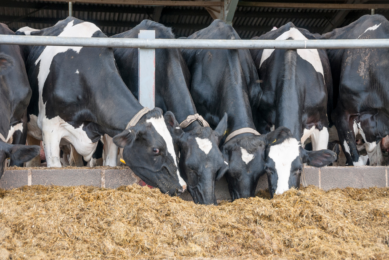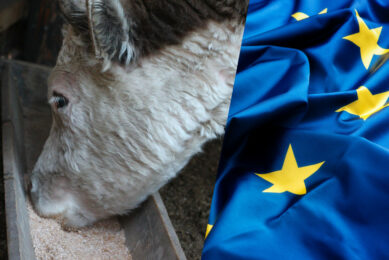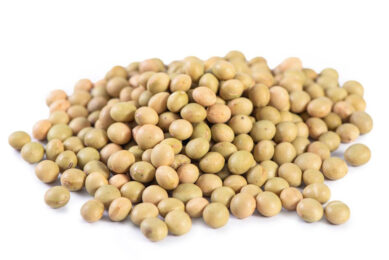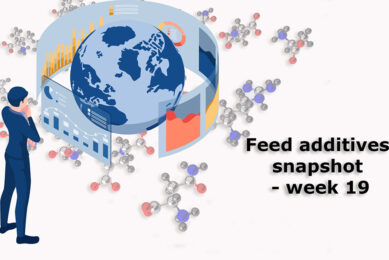Local feed sourcing can be expensive
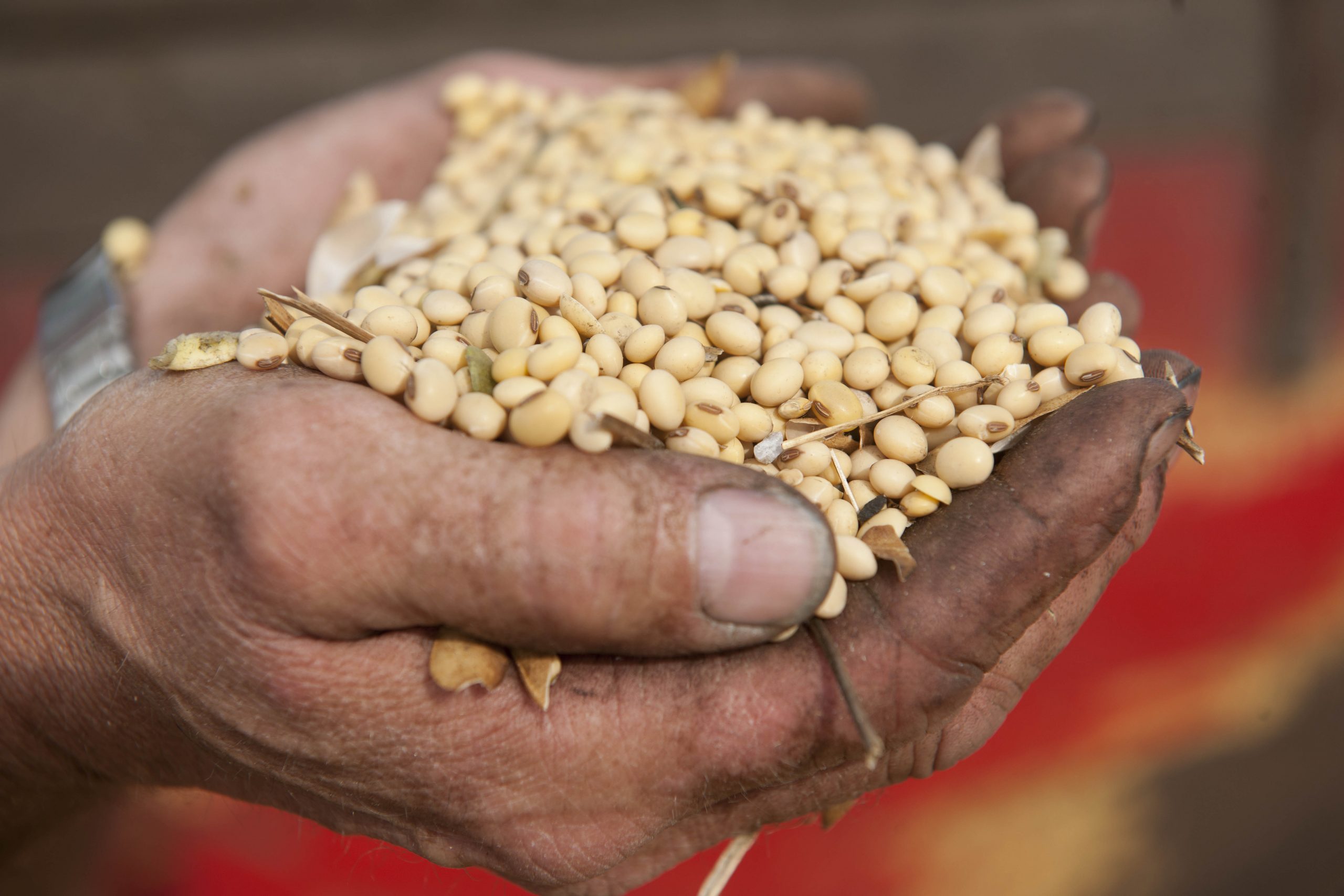
If European dairy farmers only use European feed ingredients for their cattle, it can increase the feed costs with € 7 per 100 kg.
This is according to Gert van Duinkerken of Wageningen Livestock Research. He presented this at the annual meeting of the European Federation of Animal Science (EAAP) in Dubrovnik, Croatia (27-31 August, 2018).
The Wageningen University website reports on this simulation study, that calulated the impact of exclusion of soybean products, or exclusion of all non-European feed materials, on the prices of compound feed.
3 scenarios compared
In the study, 3 common compound feeds for dairy cattle (‘standard low protein’, ‘medium protein rich’ and ‘protein rich‘) were formulated using a least cost linear programming tool. Then, 3 scenarios were compared:
1. Business as usual with full availability of imported protein rich feed materials such as Latin American soybean meal;
2. Exclusion of all non-European soybean products;
3. Compound feed with exclusion of all non-European feed materials (100% local sourcing).
Differences for protein rich sources
It was shown that for the low protein compound feed, scenario 2 did not result in higher compound feed costs, compared to scenario 1. For medium protein rich and protein rich compound feeds, scenario 2 resulted in higher compound feed costs of € 0.67 to € 5.71 (excl. VAT) per 100 kg, respectively.
In scenario 3, compound feed costs increased compared to scenario 1, with € 1.17, € 2.54 and € 7.38 (excl. VAT) per 100 kg, for low, medium and high protein compound feeds, respectively.
Drastic changes in availability
Van Duinkerken concluded that there is a societal trend towards local sourcing and purchasing in food production chains. However, if local sourcing would be implemented at large scale in Europe, drastic changes in availability of feed materials would occur, also severely affecting feed material prices, or resulting in shortage of specific compound feed ingredients.
Source: WUR




